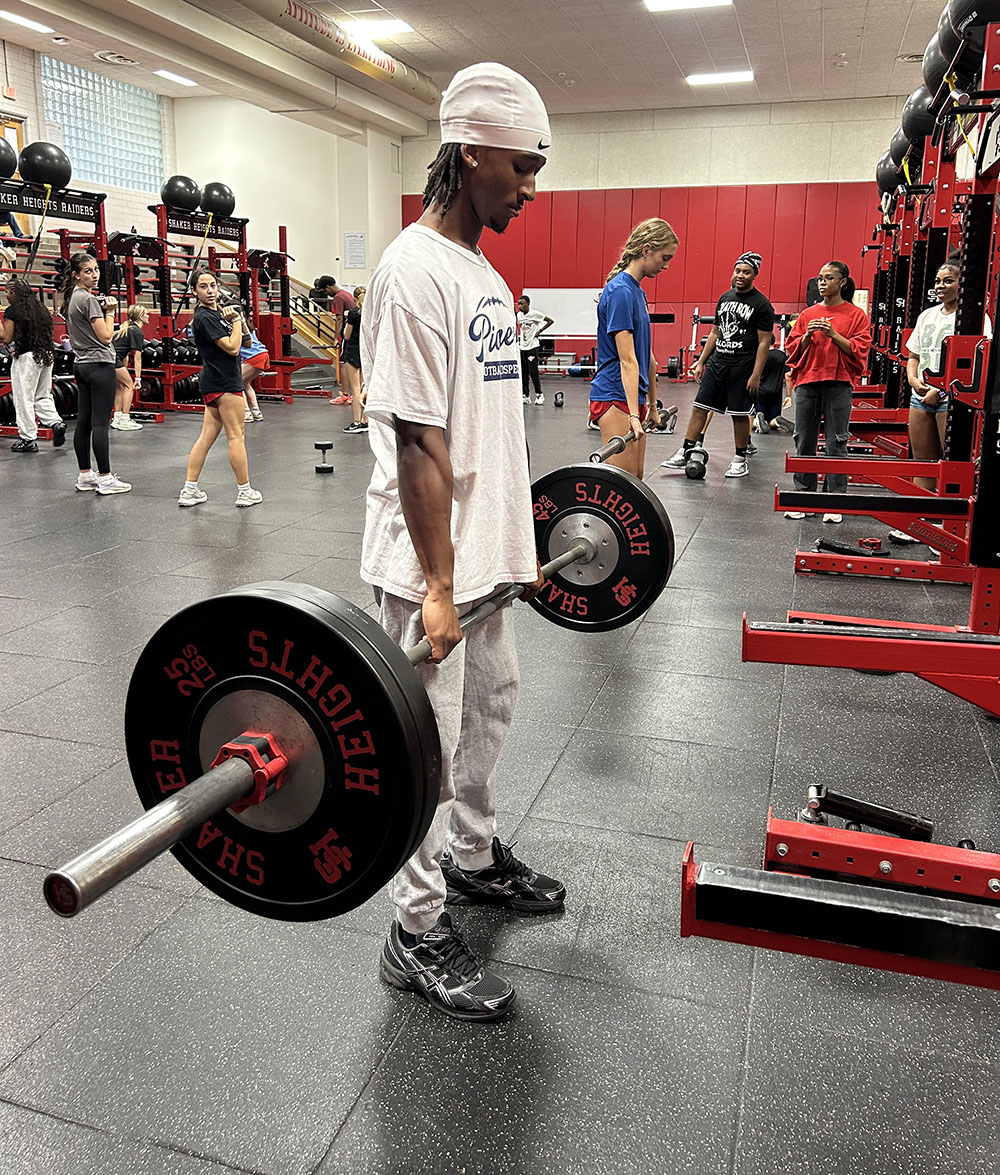Students who slack off during the first quarter always have the second quarter to get the grade they so desire for the semester, right? Wrong.
Due to a change in grading policy, students’ quarterly scores will be averaged with their final exam scores at the semester mark. That means if you have a C at the end of the quarter, you’re stuck with it. Even if you pull an A second quarter, it will be averaged with your first quarter C. In previous years, the semester grade was averaged with the final instead of two separate quarter grades and the final.
Additionally, you cannot turn in late work past the quarter mark in order to bring up your grade. Tough luck.
The new grading policy is driven by athletic eligibility. Athletes must have a passing grade each quarter to continue to be eligible for their sport. When Shaker was basing athletic eligibility on semester grades, the school was not complying with OHSAA eligibility rules.
The quarterly grading policy is only beneficial to athletes trying to become eligible to play their sports.
The grading policy also poses a problem for students on ProgressBook. Students can view their grades from previous quarters, but the grade they see on ProgressBook will not reflect what their grades will be once they are averaged for the semester. If a student goes on ProgressBook and sees an A as a second quarter grade, that A is only based on the quarter’s grades and not the average of the previous quarter and the current grade for the quarter.
Any bad grade can affect an athlete’s eligibility, but having a quarterly grade gives them more opportunities to get the grades they need to play. Formerly, athletic eligibility was determined by the previous semester’s grades, and quarterly grades were only non-official benchmarks. This new policy strongly urges students to do their very best every quarter, rather than relying on the second quarter of each semester to redeem themselves. Principal Michael Griffith said, “If the balance of the two quarters were equal, then there is no difference in the outcome.” This means that if a student earns similar grades for each quarter, for instance a 92 percent and a 90 percent, then averaging the quarters will have the same outcome as a cumulative semester grade.
The new grading policy may motivate athletes to bring up their grades when their eligibility depends on it, but an athlete who plays only a spring sport does not need to maintain his or her grade for the remainder of the fourth quarter. The new policy may motivate students to focus more on current assignments, but in the long run, it’s up to the student, not the grading policy, to make sure he or she earns an optimal grade.
Students who slack off during the first quarter always have the second quarter to get the grade they so desire for the semester, right? Wrong.
Due to a change in grading policy, students’ quarterly scores will be averaged with their final exam scores at the semester mark. That means if you have a C at the end of the quarter, you’re stuck with it. Even if you pull an A second quarter, it will be averaged with your first quarter C. In previous years, the semester grade was averaged with the final instead of two separate quarter grades and the final.
Additionally, you cannot turn in late work past the quarter mark in order to bring up your grade. Tough luck.
The new grading policy is driven by athletic eligibility. Athletes must have a passing grade each quarter to continue to be eligible for their sport. When Shaker was basing athletic eligibility on semester grades, the school was not complying with OHSAA eligibility rules.
The quarterly grading policy is only beneficial to athletes trying to become eligible to play their sports.
The grading policy also poses a problem for students on ProgressBook. Students can view their grades from previous quarters, but the grade they see on ProgressBook will not reflect what their grades will be once they are averaged for the semester. If a student goes on ProgressBook and sees an A as a second quarter grade, that A is only based on the quarter’s grades and not the average of the previous quarter and the current grade for the quarter.
Any bad grade can affect an athlete’s eligibility, but having a quarterly grade gives them more opportunities to get the grades they need to play. Formerly, athletic eligibility was determined by the previous semester’s grades, and quarterly grades were only non-official benchmarks. This new policy strongly urges students to do their very best every quarter, rather than relying on the second quarter of each semester to redeem themselves. Principal Michael Griffith said, “If the balance of the two quarters were equal, then there is no difference in the outcome.” This means that if a student earns similar grades for each quarter, for instance a 92 percent and a 90 percent, then averaging the quarters will have the same outcome as a cumulative semester grade.
The new grading policy may motivate athletes to bring up their grades when their eligibility depends on it, but an athlete who plays only a spring sport does not need to maintain his or her grade for the remainder of the fourth quarter. The new policy may motivate students to focus more on current assignments, but in the long run, it’s up to the student, not the grading policy, to make sure he or she earns an optimal grade.
A version of this article appeared in print on 19 September 2012, on page 5 of The Shakerite.



